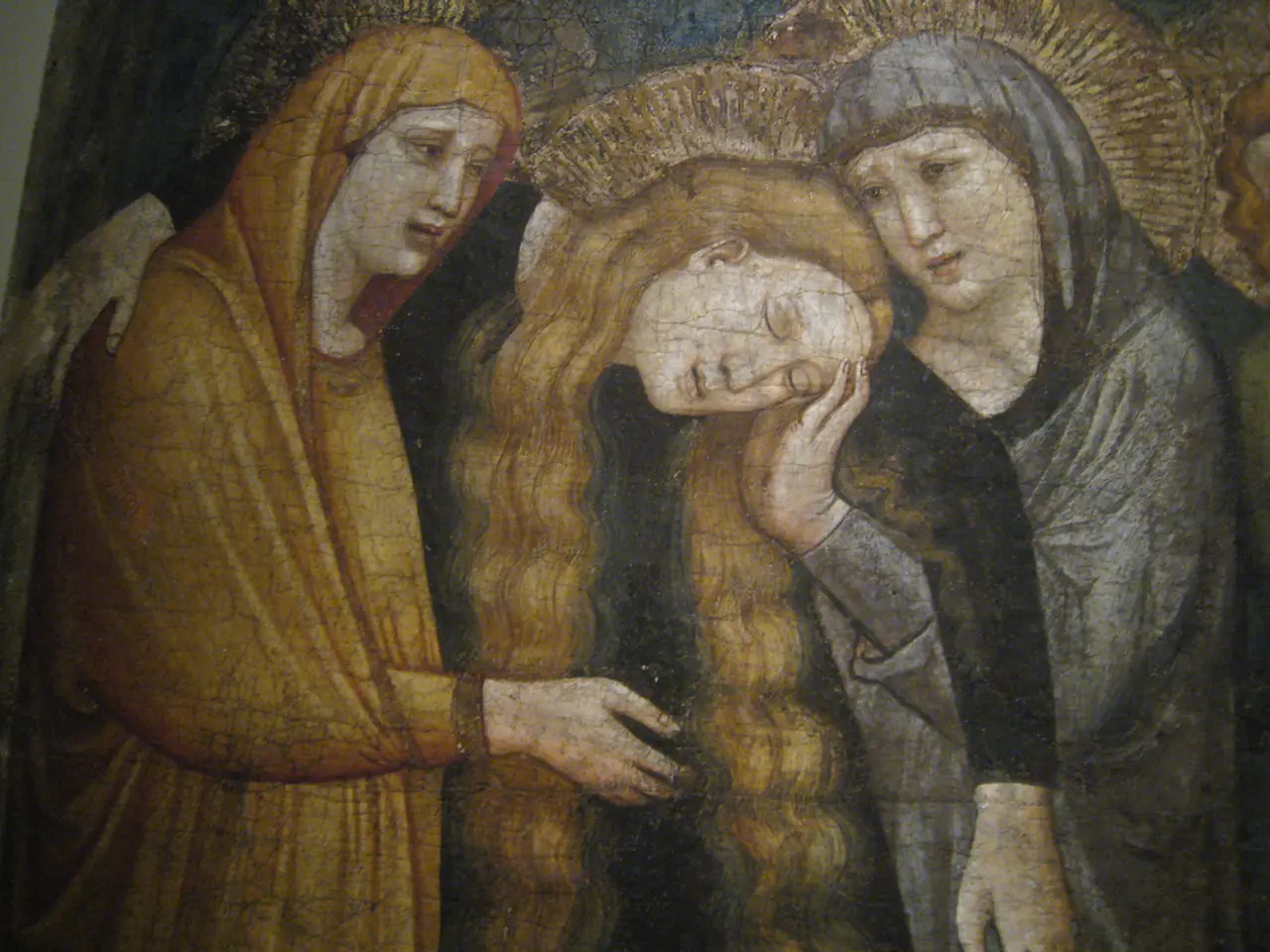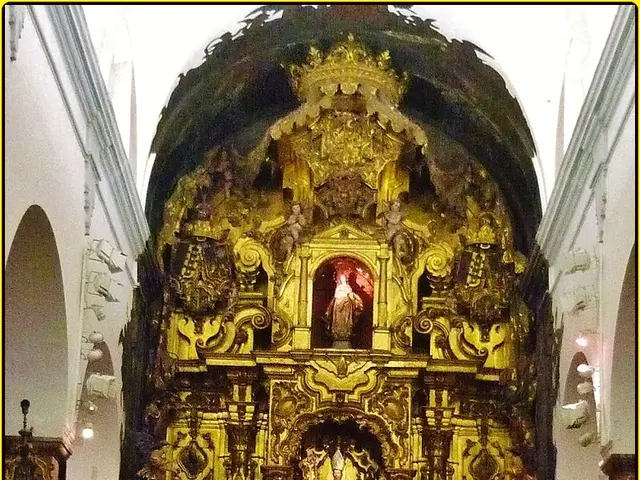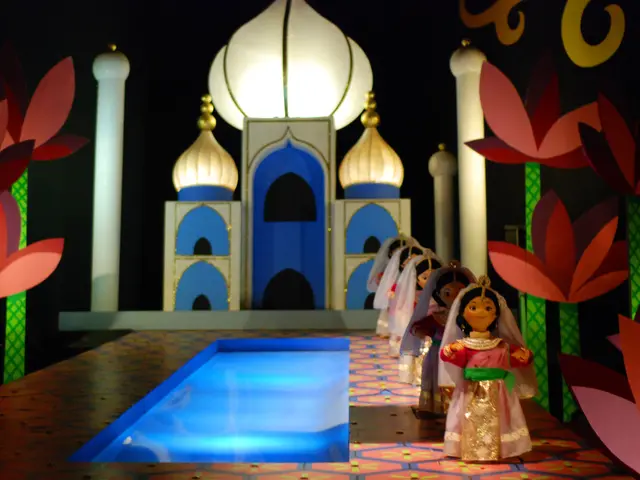Society's Image Mirrored in Artwork
In a world where art is often associated with beauty and aesthetics, it is essential to remember that it has always been much more than that. Artists, throughout history, have borne a significant responsibility to reflect and challenge society by addressing pressing issues and advocating for positive change.
Art has proven to be a powerful tool for raising awareness, challenging oppression, and reshaping cultural and political narratives. From the 1970s, the American Indian Movement (AIM) utilised art extensively to highlight issues such as land rights, cultural suppression, and violence against Native American communities, effectively drawing public attention and mobilising support. Iconic works like Picasso's Guernica confronted the horrors of war and fascism, symbolising peace and galvanising anti-war sentiments globally.
Art has also played a crucial role in cultural resistance and decolonial movements. Jay Bernard's project on the New Cross Fire, and the Rhodes Must Fall movement, have actively contested colonial legacies and systemic racism, asserting alternative ways of knowing and fostering solidarity across communities. Urban art and graffiti have functioned as direct, accessible forms of community expression and protest, transforming public spaces to reflect local identity and collective spirit while addressing issues like social inequality, racial justice, and environmental concerns.
Art has been inextricably linked with social and economic reform. Movements like the Arts and Crafts movement (late 19th to early 20th century) combined artistic reform with broader social reform goals, advocating for a return to craftsmanship and opposing industrialization. This link between aesthetic ideals and political philosophies aimed to harmonize society through improved domestic design and cultural preservation.
The digital age has democratised access to art, allowing artists to reach wider audiences through online platforms and social media. Artistic expression has been revolutionised by technology and globalisation, leading to the emergence of hybrid art forms like digital art, virtual reality, and interactive installations. Globalisation has facilitated the exchange of artistic ideas and influences across cultures and borders.
Art has the power to influence society by raising awareness of social issues, challenging societal norms, inspiring change, and providing a platform for marginalised voices to be heard. Artists can serve as cultural ambassadors who bridge divides and promote dialogue across diverse communities. In essence, art acts as a mirror of cultural values and beliefs, responding to political and social issues, and evolving in response to societal shifts. It is a strategic medium in mobilising change, contesting dominant power structures, and articulating community identities and aspirations.
Visual art can be a powerful means of showcasing a society's lifestyle, as seen in the fashion-and-beauty choices portrayed in various artworks.
Artists have also utilized their skills to make statements about relationships, addressing societal expectations, and offering insights into human interactions.
In the realm of travel, art can depict the unique cultural and geographical characteristics of destinations, encouraging appreciation and conservation of diverse landscapes and traditions.
For pets and pet lovers, art can serve as a bonding medium, allowing individuals to express their affection through artworks that capture the essence of their beloved animals.





